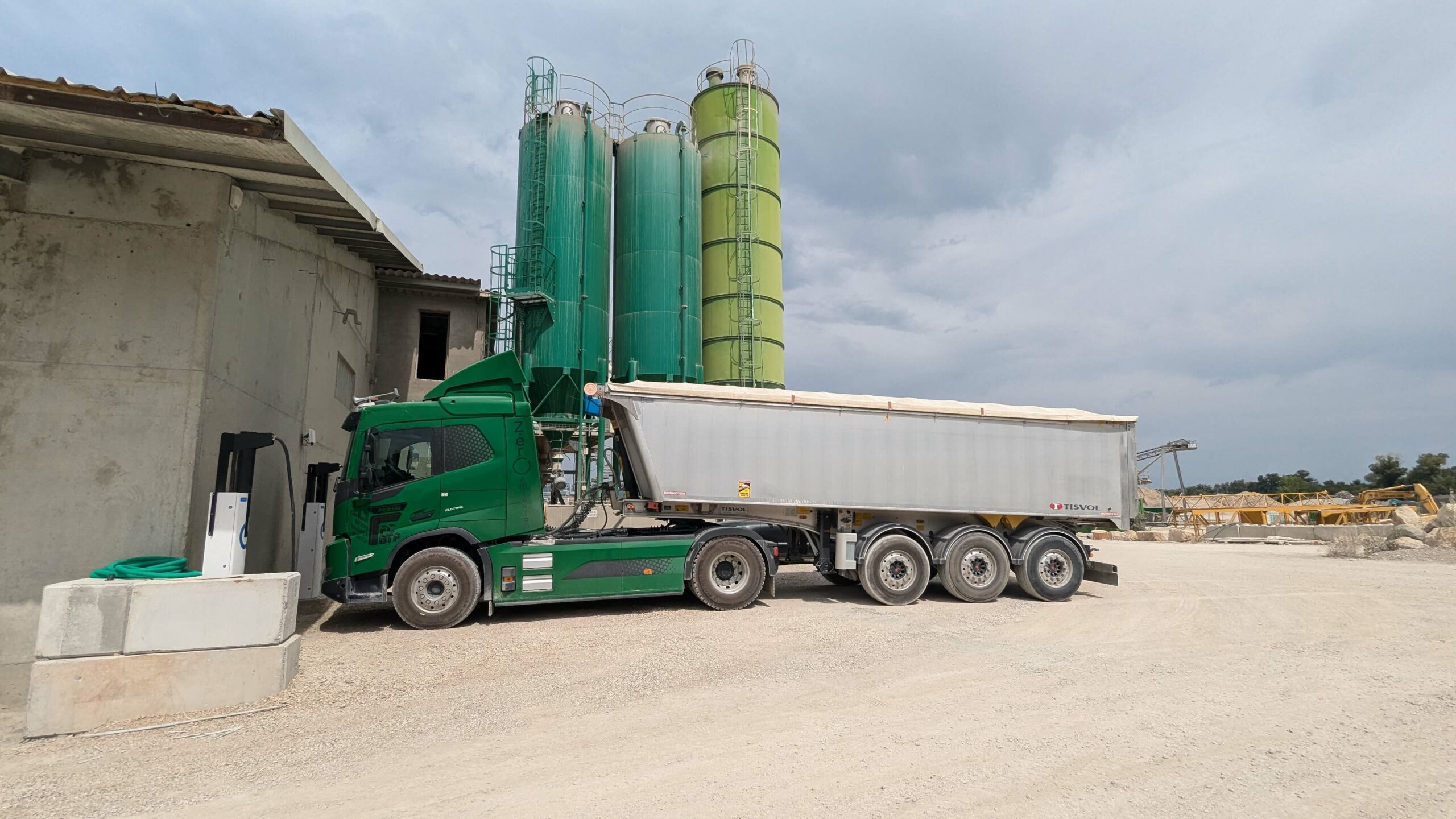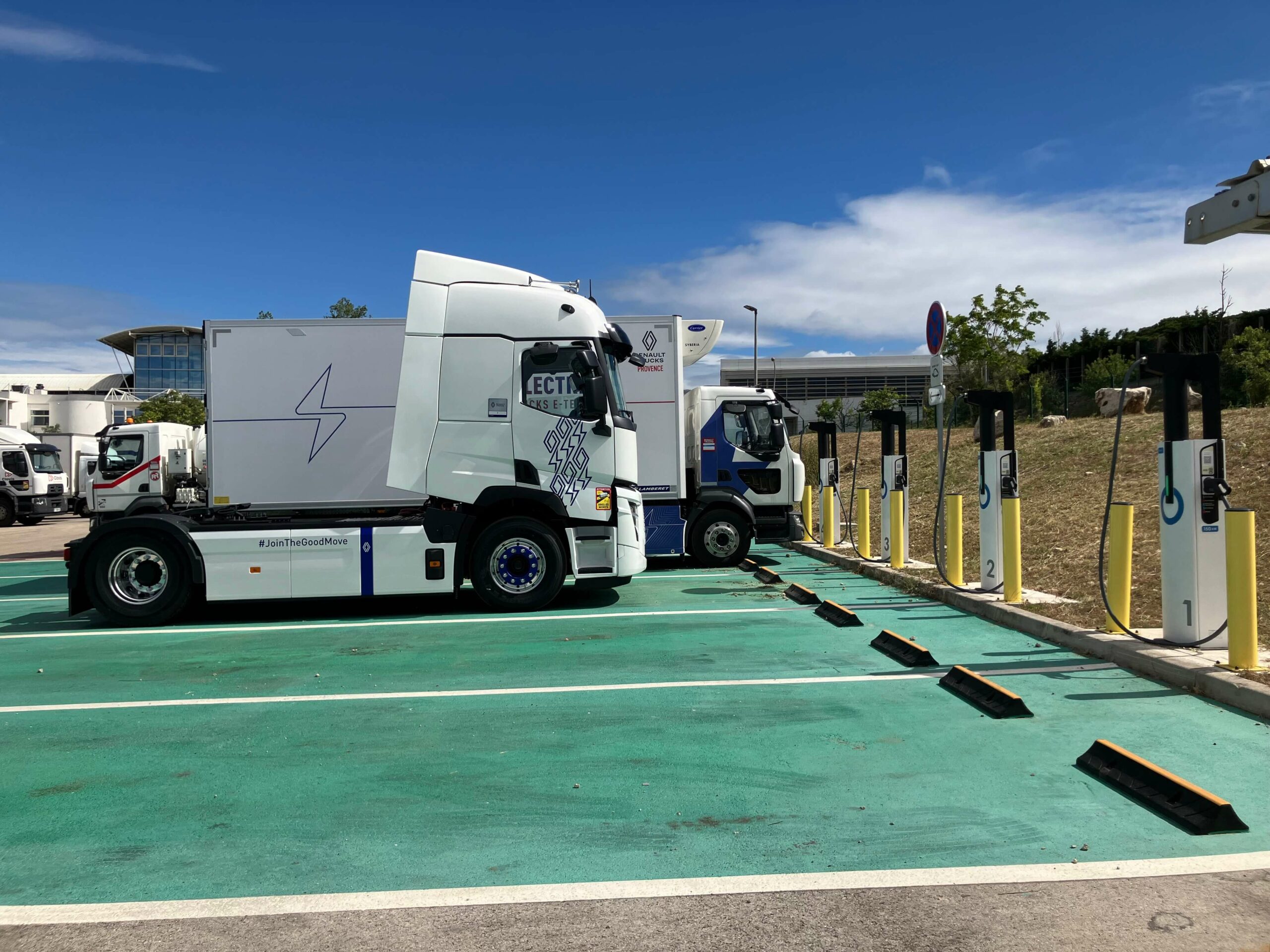Derating refers to the reduction in charging power at charging stations due to overheating. This phenomenon occurs when charging station components overheat, automatically reducing power to prevent damage. This can lead to extended downtime and reduced charging efficiency, negatively impacting electric vehicle availability and fleet operations.
Why derating is a major issue
Derating occurs mainly when the station’s maximum power is used continuously. For most DC charging solutions on the market, after a certain period of operation at full power (generally around half an hour), derating occurs to prevent overheating – the output power is therefore reduced by 20 to 25%.
Most of these solutions have been designed for less intensive applications, such as light passenger vehicles. In these conditions, derating has less impact, as light vehicles limit charging at maximum power to just a few minutes during a full session. The bollard components therefore have time to cool down without derating.
For heavy-duty fleets, the requirements are much more demanding. In fact, electric trucks and buses are capable of maintaining charging sessions at full power, generally for more than an hour. In the event of derating, the actual power delivered to the vehicle will be reduced, and the charging time will be longer than expected. On a fleet-wide scale, this can have a considerable impact: increased downtime and unavailability of vehicles for day-to-day operations.
As derating is linked to overheating, the phenomenon is even more pronounced in hot weather, when outside temperatures exceed 30°C.
Chargepoly: a derating-free solution Advanced technology for maximum performance
Chargepoly stations have been designed for intensive use at full power – especially in heavy-duty applications. At outdoor temperatures below 40°C, our equipment is able to deliver its maximum power without derating over time, thanks to proven technologies:
- Active cooling and advanced monitoring: Chargepoly stations are equipped with active cooling systems and four times as many sensors for continuous temperature monitoring. This technology automatically adjusts thermal management, guaranteeing optimum performance even under intensive loads.
- State-of-the-art power supply modules: our power supply modules, tested and approved by our R&D team, deliver stable, reliable output, even during extended periods of operation.
Time-saving and efficient: a competitive advantage
Chargepoly stations deliver up to 25% more power over time than conventional DC stations. This continuous performance significantly reduces vehicle charging times, making operations more reliable.
Testimonials from satisfied customers
“Since we installed our two Chargepoly charging stations, we’ve seen consistent performance with 100% rated power continuously. We don’t experience any derating.” – Yann Colin, Director of Green Mobility at Bert & You




